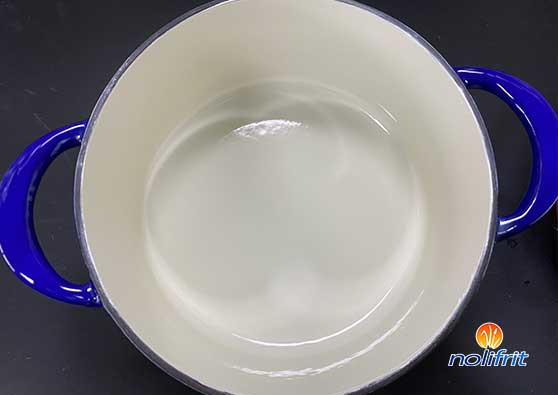Why Enamel Factories Prefer Titanium Cover Glazes: Advantages and Features
Enamel cover glazes come in various types, including titanium glazes, antimony glazes, colored titanium glazes, colored base glazes, black glazes, and matte glazes. Among these, titanium glazes are particularly favored by enamel manufacturers. What are the reasons for this preference?

Characteristics of Titanium Cover Glazes
1.Excellent Coloring Ability: Titanium glazes exhibit outstanding coloring capabilities while also providing strong opacity. Typically, a glaze thickness between 0.12 and 0.2 mm can achieve a good covering effect.
2.High Whitenss and Gloss: The whiteness value of titanium glazes is above 85, with gloss levels reaching over 95. Some products can even achieve gloss levels around 120. The resulting porcelain surface is fine and smooth.
3.Color Variants: Titanium glazes primarily come in shades of bluish-white and ivory white. These colors are consistent and visually appealing.
4.Heat Sensitivity: It is crucial to control the glaze thickness; if it exceeds 0.25 mm, it may lead to chipping, especially at the corners (R corners), and can cause issues like cracking, line marks, and shrinkage. Additionally, the presence of organic impurities in the glaze can result in defects such as boiling points and spots.
5.Uniformity in Colored Titanium Glazes: Colored titanium glazes offer uniform and pure colors, commonly available in shades like milk yellow, ivory, titanium peach pink, titanium gray, titanium light lake, and titanium fruit green. Precise control of firing temperature during the glazing process is essential, as it directly affects color depth. Notably, there can be color differences between the first and second glazing.
6.Comparison with Antimony Glazes: Antimony glazes have poorer opacity and often require a second coating to achieve acceptable coverage.

Moreover, excessive antimony content can negatively impact product quality, leading to the discontinuation of this type of glaze.